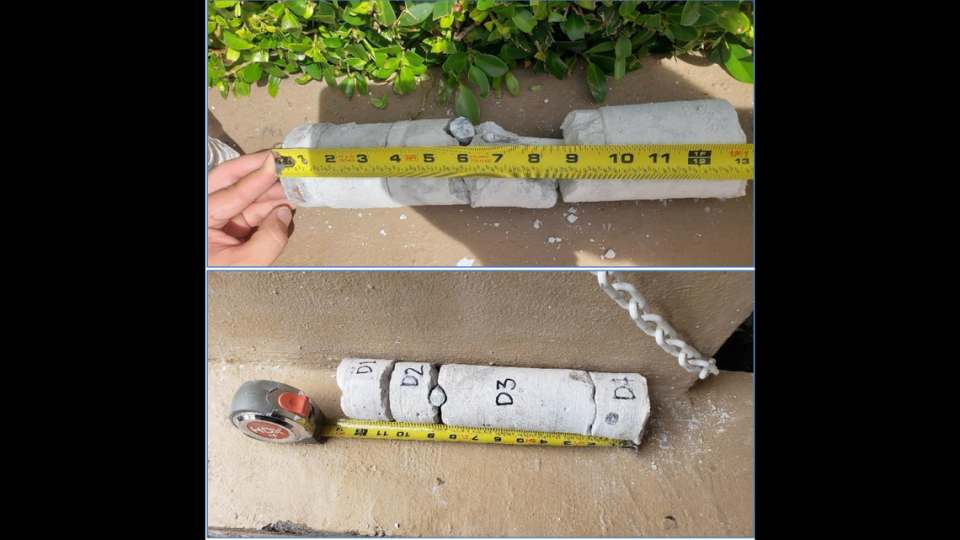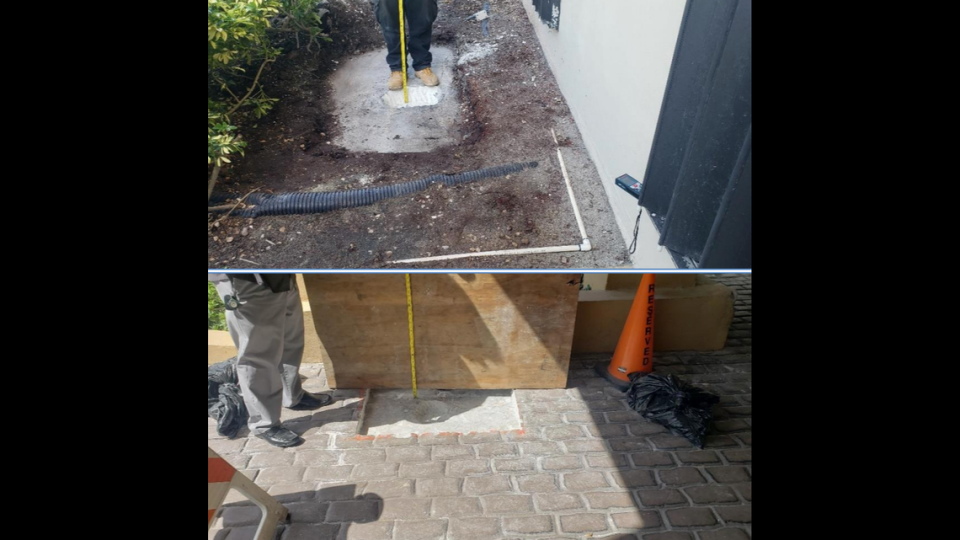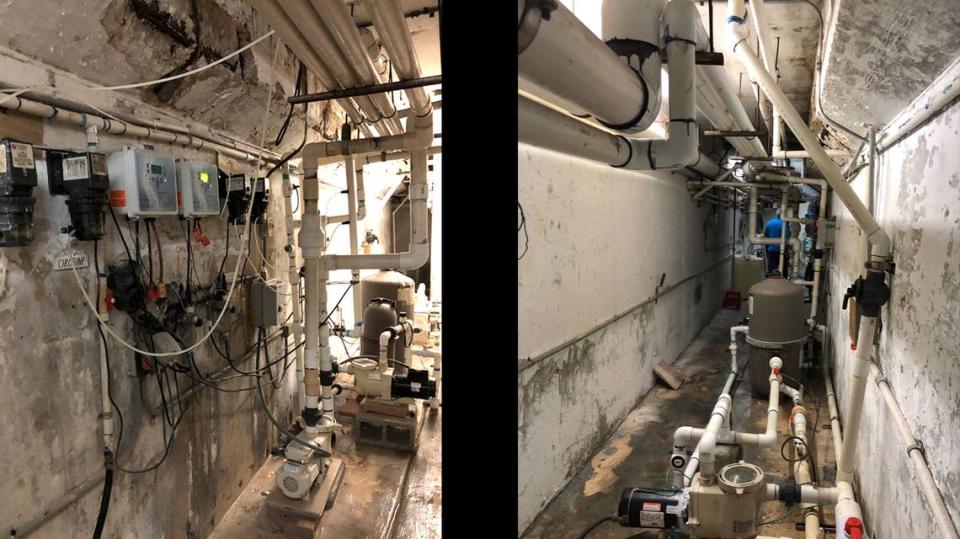Report noted something ‘curious’ in concrete at since-collapsed Surfside condo. But what?
Concrete testing at the Champlain Towers South condo last year “yielded some curious results,” engineering firm Morabito Consultants wrote in an October 2020 report obtained by the Miami Herald. But the report was silent on exactly what was unusual or alarming about it, an omission that surprised multiple experts who spoke with the Miami Herald.
“It doesn’t say what is curious about the results,” Abi Aghayere, a Drexel University engineering researcher, said after reviewing the report. “Were the [structural slab] depths lower than expected or much, much higher than expected?”
In the nine-page document, obtained by the Herald on Thursday, Frank Morabito and two others from his firm offered condo board president Jean Wodnicki and property manager Scott Stewart an update on Morabito’s ongoing work to prepare the building for costly repairs and renovations ahead of its 40-year recertification.
Construction efforts, starting with roof replacement, ultimately began just several weeks before the 12-story, 136-unit building partially collapsed June 24, killing at least 18 people and leaving over 140 unaccounted for as of Thursday.
But while the document outlines some testing and repair efforts that were underway — such as the removal of damaged concrete from a pool equipment room and some “exploratory demolition” in five locations — experts said they were struck by what wasn’t said.

Dawn Lehman, a professor of engineering at the University of Washington, said the report did not give any clear indication of what was “curious” about the concrete testing and that any interpretation would be guesswork.
“You should never have to guess,” Lehman said.
She said concrete samples documented in the report show the concrete of the pool deck was the correct depth based on the original drawings, and looked to be in good condition. She noted that there were some issues with waterproofing, which was also noted in Morabito’s troubling 2018 report about the building, but cautioned that it was difficult to get a full picture based on periodic, superficial reports.
“They should have done something comprehensive, not piecemeal,” she said.
Aghayere had questions about other aspects of the report.
He said that, given the substantial deteriorated concrete found in the pool equipment room, he would have advised taking the concrete to a lab to test its “compressive strength,” or its resistance to breaking. The report didn’t indicate plans to take that step.
Aghayere was also struck that, while the report said soffits in the concrete slab should be examined for potential deterioration, there weren’t any photos or further examination of “slab-column connections” — a potentially crucial clue as to whether the collapse may have been triggered by “punching shear failure,” where a column pokes through a weakened slab.

Additionally, the October 2020 report points to deteriorated concrete in and around the pool equipment room that “appeared to penetrate deep into wall/corbel construction,” and says any damaged concrete that was at risk of falling was removed. But a few factors stopped Morabito’s firm from doing “full restoration/repair work,” the report says.
For one, it would have required access to the inside of the pool. “The pool was to remain in service for the duration of this work,” the report says. And it says “aggressive excavation of concrete” in the area could have jeopardized the stability of “adjacent concrete constructions.”
Aghayere said he was perplexed by the explanation. Given the damage that was found, he suggested it would have been worth taking the necessary steps to complete the repair.
“That statement begs for explanation,” Aghayere said. “Did they find out this problem was worse than anticipated and say, ‘Let’s just not open a can of worms’?”

Speaking generally about the lack of information in the report, Aghayere said: “I’m just floored.”
It’s not clear whether Morabito may have taken any of the steps Aghayere outlined either before or after the October 2020 report was released.
In response to an inquiry Thursday, a representative for Morabito, Brett Marcy, declined to specifically address the 2020 report. In a statement, he defended the work of Morabito’s firm, referring to a 2018 report in which Morabito said the building had “major structural damage.”
“Morabito Consultants provided the Champlain Towers South Condominium Association with detailed findings and recommendations nearly three years ago regarding the structural repairs that were needed on the building to ensure the safety of the residents and the public,” the statement said.
Marcy added: “Morabito Consultants did their job, just as they have done for nearly four decades — providing expert structural engineering counsel and services. And they will continue to work with the investigating authorities to understand why this structure failed, so that such a catastrophic event can never happen again.”
The October report marked the completion of one phase of a costly, multi-phase repair and renovation project at the building whose estimated costs ballooned from $9 million in 2018 to $15 million earlier this year.

